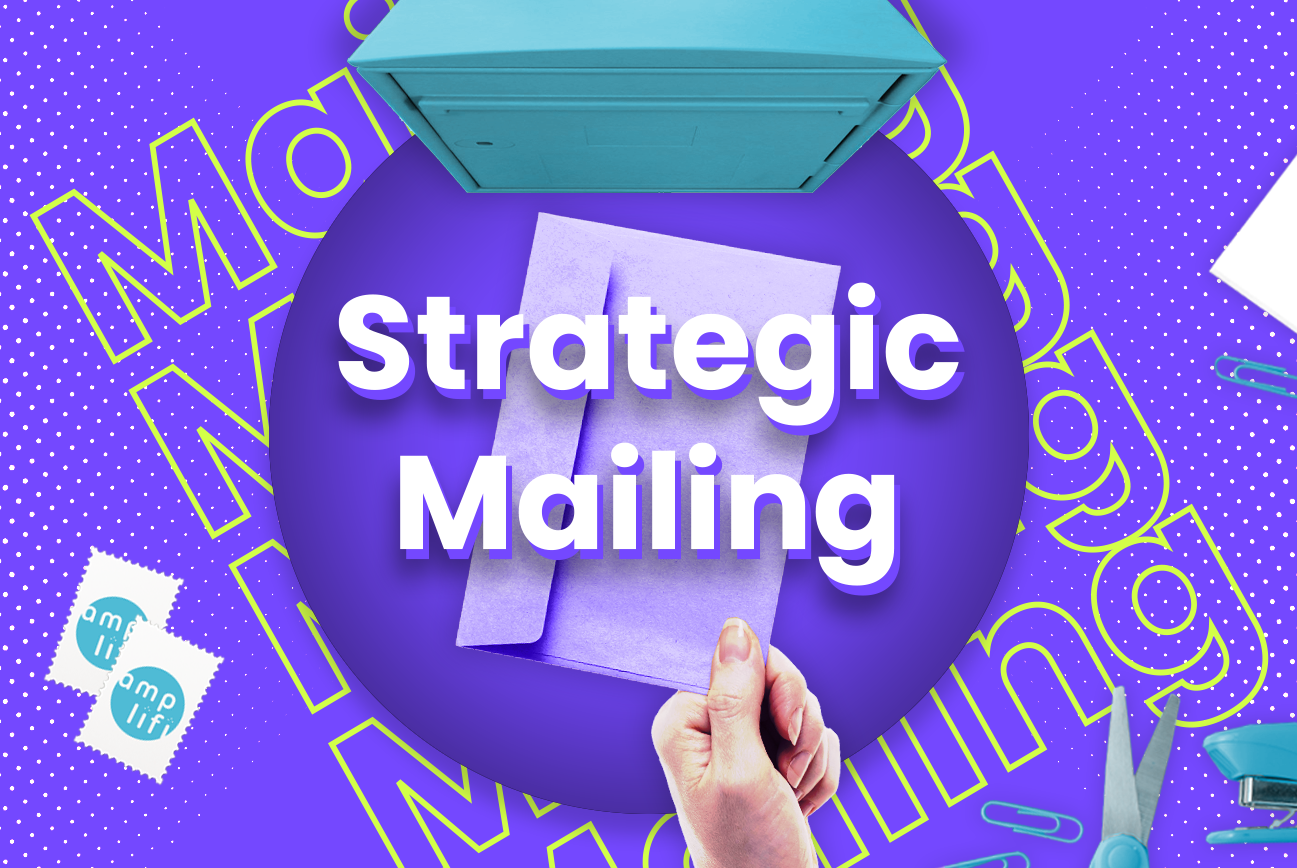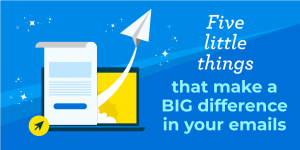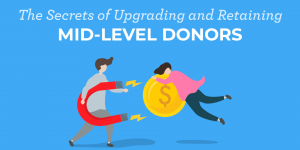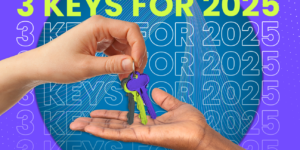As fundraisers, we’re often tasked to do more with less. It comes with the territory. That’s why being more strategic with your nonprofit’s mailing list is key to ensuring you’re engaging with donors effectively.
Often, less is more. But many fundraisers hesitate to go beyond the basics, like removing anyone who is deceased from their list. After all, the more people you reach, the more you can potentially raise, right?
Casting a wide net is not always a bad thing. But you can do more for your mission and build stronger relationships with your donors by prioritizing your direct mailings by who is most likely to respond.
Here’s how you can get started!
It’s time to try something different.
It’s great that you’ve decided to try something new with your fundraising outreach. But knowing you want to make a change to improve and knowing how to do it are two different things.
And like in many things in fundraising, sometimes you just need to start somewhere, track and analyze your results, then adjust from there.
So, form a hypothesis, test it out, cut your list to a comfortable quantity, and see what you learn!
Let’s say you work for a local arts organization. You realize you have several people outside of your geographic area on your mailing list. You might start cutting down your list by sending only to people who reside in the same town, county, or state as your organization. Then, use what you learn to guide your decisions in the future!
You can go further by assigning your contacts a ranking based on their mailing priority. Sticking with the same example, supporters in your township will be given priority, those in the county second, and the state third. This will allow you to send some appeals to a larger audience, while being more focused with others!
READ MORE: Are you keeping good data hygiene?

Engagement precedes action.
You’ve heard the age-old advice, “look before you leap.” Well, so have your donors. And we find that this holds true when a donor considers giving to your organization.
Obviously, you’ll be prioritizing donors who have given recently or made several gifts over time. But following through with a donation is not the only form of engagement that signals someone is likely to give.
So, what does it look like when a potential donor looks before they leap?
If someone regularly clicks through your newsletters, registers for webinars, attends virtual or in person events, volunteers, or calls your hotline, they are showing interest in your organization and your work. They should be prioritized in future mailings when cutting down your nonprofit’s mailing list.
So be on the lookout for these and other indicators that a donor may want to learn more about your organization before they leap into supporting you with a gift! You can even assign a point system for each form of engagement to keep track of who your most engaged supporters are.
READ MORE: Using your nonprofit’s data to optimize email outreach.

Quality over quantity, or quantity over quality?
The answer is both! We’re talking about cutting down your nonprofit’s mailing list. So, the larger goal here is quality over quantity.
But quantity over quality can help you determine which donors to prioritize in future mailings!
Here’s what we’re getting at.
The frequency and recency of a donor’s giving history says more about their likeliness to give than the amount they donated once. In other words, someone who made three small gifts over the past year is more likely to give again than someone who made a sizeable donation three years ago.
We recommend examining a donor’s giving trends, including how much and how often they donated over the past two years, when cutting down your nonprofit’s mailing list.
Again, you can use a ranking system to help you keep track and prioritize your mailings. Assign donors who gave in the current year priority. Donors who gave last year should be your second priority, while donors who last gave two or three years ago are less likely to give and can be excluded from many of your mailings.
READ MORE: Applying data-driven ask strings in your appeals.

Where else can you trim the fat?
As we mentioned at the beginning of this post, start by removing any deceased people from your nonprofit’s mailing list. Unless there is something we don’t know, they probably won’t be giving any time soon! And remember to remove anyone else who says they want to be taken off your mailing list.
And to echo another point from earlier in this blog, sometimes it’s best to think like a scientist. So, ask yourself questions, test to find the answers, and use what you learn to guide your next steps.
For example, you may decide to cut donors who usually give in response to an email from your direct mailings. After all, they respond to your emails, so why waste the paper and postage!
But when you test it out, you find that your appeal raised less money after the change. It seems receiving your appeal letter in the mail prior to or after an email was having a bigger impact than you thought.
So, now you know that these donors shouldn’t be cut from your mailing list, and you can move on to test something new!
And remember, cutting down your nonprofit’s mailing list isn’t just about reducing your print and mailing costs. Being more strategic with how you target your communications will also help you speak more effectively and build relationships with individuals who are ready and willing to support your cause!








